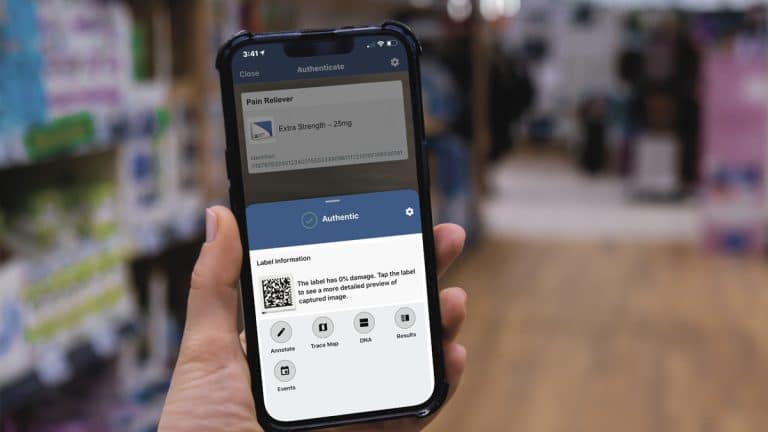When each product is digitally identified at the item level, we begin to have a tangible layer of protection for that product as it moves through the supply chain. Our identification solutions provide this foundational layer to equip brands with a consistent starting point.

Systech offers item serialization with associated case and pallet aggregation for seamless traceability. We equip your supply chain to be secure and responsive.
Our digital e-Fingerprint® technology delivers a non-additive item-level authentication solution, based on an existing package barcode. Armed with a simple smartphone app, supply chain partners and field inspectors can help brands find counterfeits and detect diversion in real time. The immediacy of discovery helps to quickly shut down illicit vendors and quickly patch the supply chain holes where products left their intended distribution path.

Get insights on how to protect the medical product supply chain and ensure patient safety.
Counterfeiters and diverters of successful medical products have little regard for consumer…
Crime has no moral code. If you have a high-demand product, people will likely counterfeit it.